)
Feng Shui
The guide to harmonious interior design:format(jpeg))
Feng Shui is far more than just a method of interior design: it is a millennia-old harmony theory from China, which aims to harmonise the life energy, the so-called Chi. The words "feng" and "shui" literally mean "wind" and "water" and symbolise the constant movement and flow of energy in our environment. The aim of Feng Shui is to promote well-being, health and inner peace through conscious interior design.
:format(jpeg))
The origins of Feng Shui go back more than 3,000 years and are deeply rooted in Chinese philosophy. Feng Shui was originally used to determine the best places to build houses and tombs so that the energies of nature would work in harmony with people. Over time, the teaching developed further and became a holistic method for designing living spaces and gardens to attract health, prosperity and happiness.
:format(jpeg))
Nowadays, Feng Shui has lost none of its relevance - on the contrary: many people recognise that the design of their surroundings has a direct influence on their quality of life. Furnishing with Feng Shui means consciously choosing colours, furniture and decorative elements to promote positive energy flows and increase harmony in the apartment or house. Whether in the living room, bedroom or office: Feng Shui helps to design rooms in such a way that they nourish body, mind and soul.
The principles of Feng Shui
:format(jpeg))
A central concept of feng shui is the balance between yin and yang. Yin stands for calmness, darkness and femininity, while yang symbolises activity, brightness and masculinity. Rooms that are too strongly dominated by one of the two poles can cause disharmony. A harmonious home is based on balancing yin and yang - for example, through a balanced combination of light and shade, warm and cool colours and soft and solid materials.
:format(jpeg))
Another important principle is the five elements of Feng Shui. Furnishing according to Feng Shui is successful when all five elements are in balance. Wood symbolises growth and vitality - ideal for the living room and garden. Fire stands for passion and energy - perfect for dynamic rooms such as the study. Earth conveys stability and security - ideal for the bedroom. Metal promotes clarity and logic - suitable for offices and workspaces. Water represents the flow of life and emotions - good for use in entrance areas or through mirrors.
:format(jpeg))
Chi is the invisible life energy that flows through rooms. Feng Shui aims to optimise the flow of Chi so that positive energy can move freely. Blockages in the flow of energy - caused by incorrectly positioned furniture, clutter or sharp edges, for example - can have a negative impact on health, prosperity and happiness. Furnishing with Feng Shui therefore means breaking down barriers and clearing the way for a harmonious flow of Chi.
Feng Shui - Furnishing tips for different rooms
A harmoniously furnished room according to Feng Shui is more than just aesthetically pleasing. It creates an environment in which positive energy can flow freely and well-being can be felt. The division of space plays a central role here: instead of long, straight lines, smooth transitions and clearly defined areas ensure that the chi circulates unhindered. Furniture should be positioned so that doors and windows remain in view, while round edges and natural materials such as wood radiate additional calm and balance. The choice of colour also influences the atmosphere: activating tones such as red and orange enliven workspaces, blue and green transform bedrooms into oases of relaxation and yellow and earth tones have a stabilising effect in the dining area.
Don't make this mistake: A common mistake is to overlook dark corners and excessive clutter. Both can block the flow of energy and disturb the balance. Conscious design not only creates a beautiful living space, but also a home that nourishes body and soul.
)
The living room is the central room where family and friends come together. Furnishing according to Feng Shui here means placing the sofa against a stable wall to symbolise safety and leave enough space for the flow of energy. Mirrors can direct the chi, while round tables and soft materials promote harmony. A Feng Shui lamp with warm light supports the positive atmosphere.
)
A Feng Shui bedroom should be an oasis of calm. The bed belongs against a solid wall, away from doors and windows, to calm the flow of energy. Soft colours such as beige, blue or pastel shades enhance the relaxing effect. Avoid mirrors that point directly at the bed as they could disturb your sleep.
:format(jpeg))
Setting up an office according to Feng Shui means positioning the desk so that you have the door in view while your back is against a stable wall. Plants such as the lucky bamboo and metal elements promote concentration and productivity. The Feng Shui ceiling light should emit clear but soft light.
:format(jpeg))
The garden can also be designed according to Feng Shui. Water elements such as small ponds or fountains set the energy flow in motion, while curved paths and a balance of plants, stones and wood strengthen the harmonious overall impression.
:format(jpeg))
Light and lighting in Feng Shui
In Feng Shui, light symbolises Yang energy - active, powerful and dynamic. It stands for movement and growth and plays a key role in promoting positive energy in the home.
First things first: A dark room draws energy down, stagnates chi and can make us tired or irritable. Bright, warm light sources, on the other hand, activate life energy and promote health and prosperity.
Three Feng Shui rules for light
Use natural daylight as often as possible. Large windows and light-coloured curtains** allow the sunlight to flow freely.
Use indirect lighting to create soft islands of light. Direct, bright light can "burn" the chi.
Mirrors can amplify the positive energy of the light. However, make sure that they do not reinforce negative energies, e.g. by doubling up on clutter.
Feng Shui lamps for every room concept
In Feng Shui, every room needs specific lighting, tailored to its function. Choosing the right Feng Shui lamp can make the difference between a stagnant space and a lively one.
Tip for lamp design: Round or organically shaped lamps promote the flow of energy, while angular or angular lights can block the chi.
)
Living room: Bright, warm colours and several soft light sources on different levels to promote well-being and sociability. A Feng Shui ceiling light in the centre of the room radiates harmony. Add floor lamps in the corners to neutralise dark energies. Natural lighting materials such as bamboo, wood or textiles have a very harmonious effect.
:format(jpeg))
Bedroom: Soft, warm light with lampshades made from natural materials such as wood or linen to create peace and harmony. Use dimmable lamps and don't place a ceiling light directly above the bed - it could "smother" your life energy. Several additional light sources such as bedside lamps and floor lamps create a varied picture.
)
Kitchen: Clear, bright lighting to keep the room energetically "awake" and symbolise the flow of prosperity and abundance is very important for the kitchen and dining room. A pendant light above the dining table is a good starting point. Under-cabinet lighting should be used in the work areas to promote well-being.
:format(jpeg))
Garden: Lanterns or solar lights symbolise the connection between heaven and earth and help to balance the five elements. If you have a pond or pool, you can provide it with atmospheric lighting. Garden spotlights help to illuminate the greenery even in the dark and direct the eye and chi.
:format(jpeg))
Bathroom: Soft, indirect light creates a relaxing atmosphere and supports regeneration. Bright, cold light, on the other hand, can promote restlessness and disrupt the flow of energy.
:format(jpeg))
Office: Bright, directional light above the desk promotes concentration and clarity. A lamp in the back, on the other hand, can create negative feelings and insecurity - you should avoid this.
Let us inspire you
:format(jpeg))
Feng Shui decoration and accessories
Decoration is more than just decoration - it carries a deeper, energetic meaning. Furnishing with Feng Shui means consciously selecting elements that strengthen the flow of energy in the home. Round or curved shapes (e.g. round tables, organic vases) promote the free flow of energy, while angular or sharp shapes can send "arrows" of negative energy. Plants or soft fabrics soften their effects.
Here are some inspiring Feng Shui design ideas for your home:
- Living room: Go for indoor plants to strengthen the wood element. Hang up an inspiring picture with water motifs to promote the flow of energy.
- Bedroom: Use amulets or small crystals to gently channel chi through the room. A picture of peaceful landscapes strengthens the yin energy and ensures better sleep.
- Office: Place a mirror so that it reflects the light but does not double the desk.
- Garden: Place a small pond or a fountain in the south-east to invite prosperity and happiness.
Less is more: Clutter is the greatest enemy of feng shui. It blocks the flow of energy and makes rooms feel heavy and oppressive. Therefore, tidy up regularly and get rid of things that do not give you positive energy. Also use closed storage solutions to avoid visual disturbance. Also keep the entrance area clear - it is the gateway through which the chi flows into your home.
Take a look at it
:format(jpeg))
Conclusion: Feng Shui for a harmonious home
Feng Shui is more than just a trend - it is a philosophy of life. If you furnish your home according to Feng Shui, you create a home that radiates positive energy, can attract prosperity, promotes inner harmony and strengthens general well-being. The balance of yin and yang, the skilful integration of the five elements and the targeted use of colours and light create a harmonious environment that has a positive influence on all areas of life. A balanced room layout and clear structures create an atmosphere of calm and security. Integrating feng shui into your home opens you up to more joie de vivre and inner peace.




































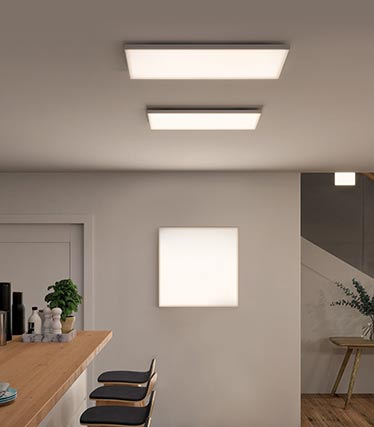









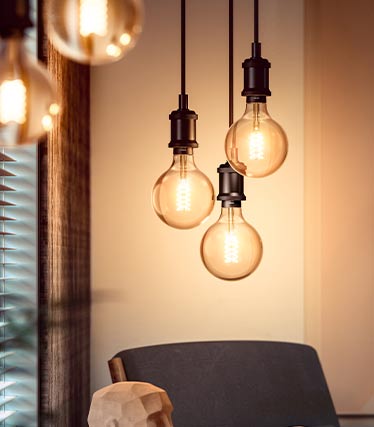








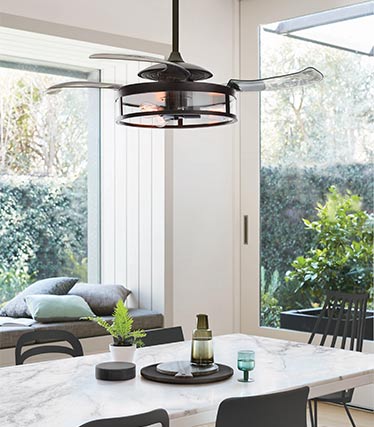

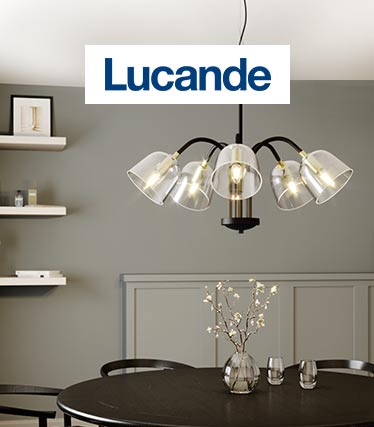









:format(jpeg))
:format(jpeg))
:format(jpeg))
:format(jpeg))
:format(jpeg))
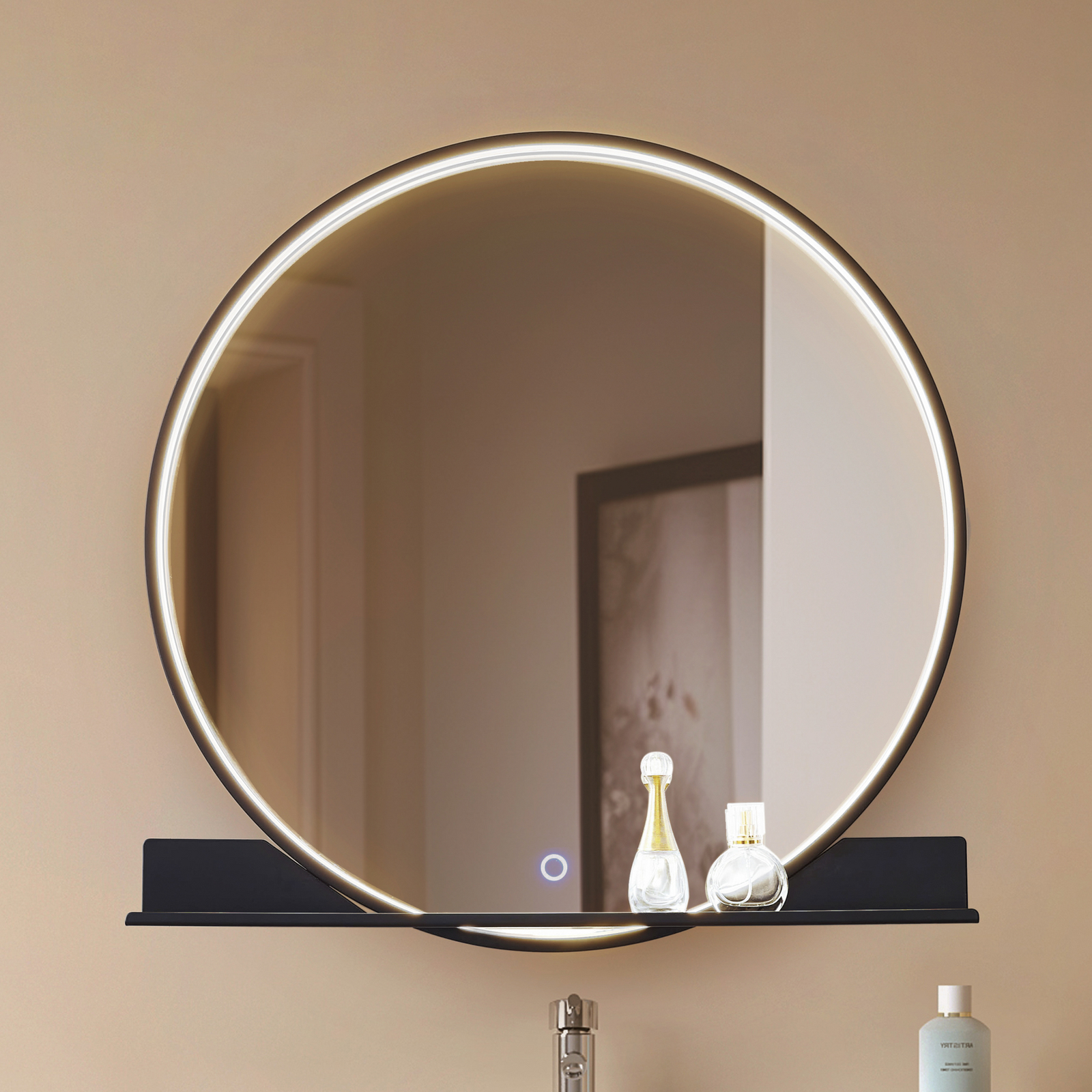
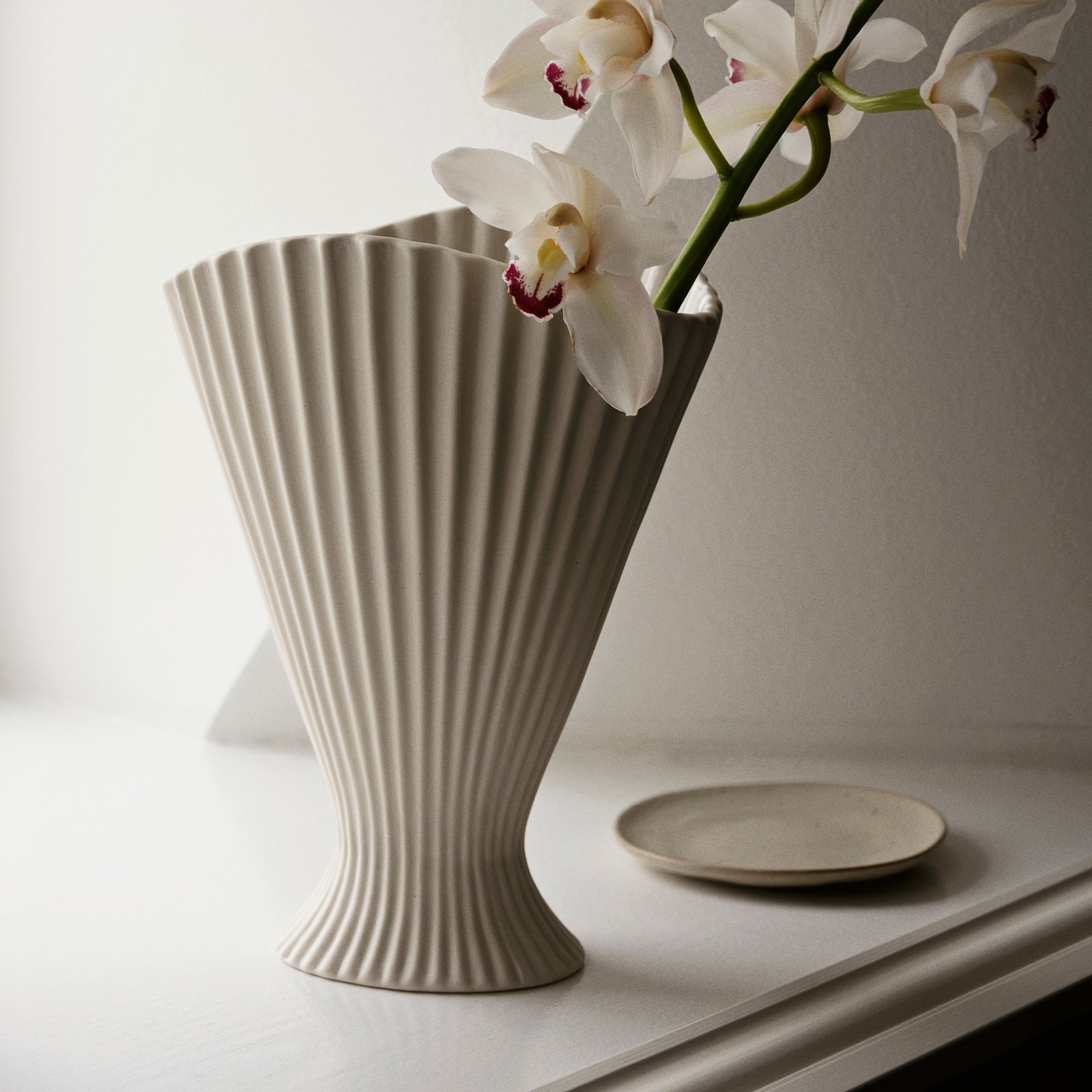
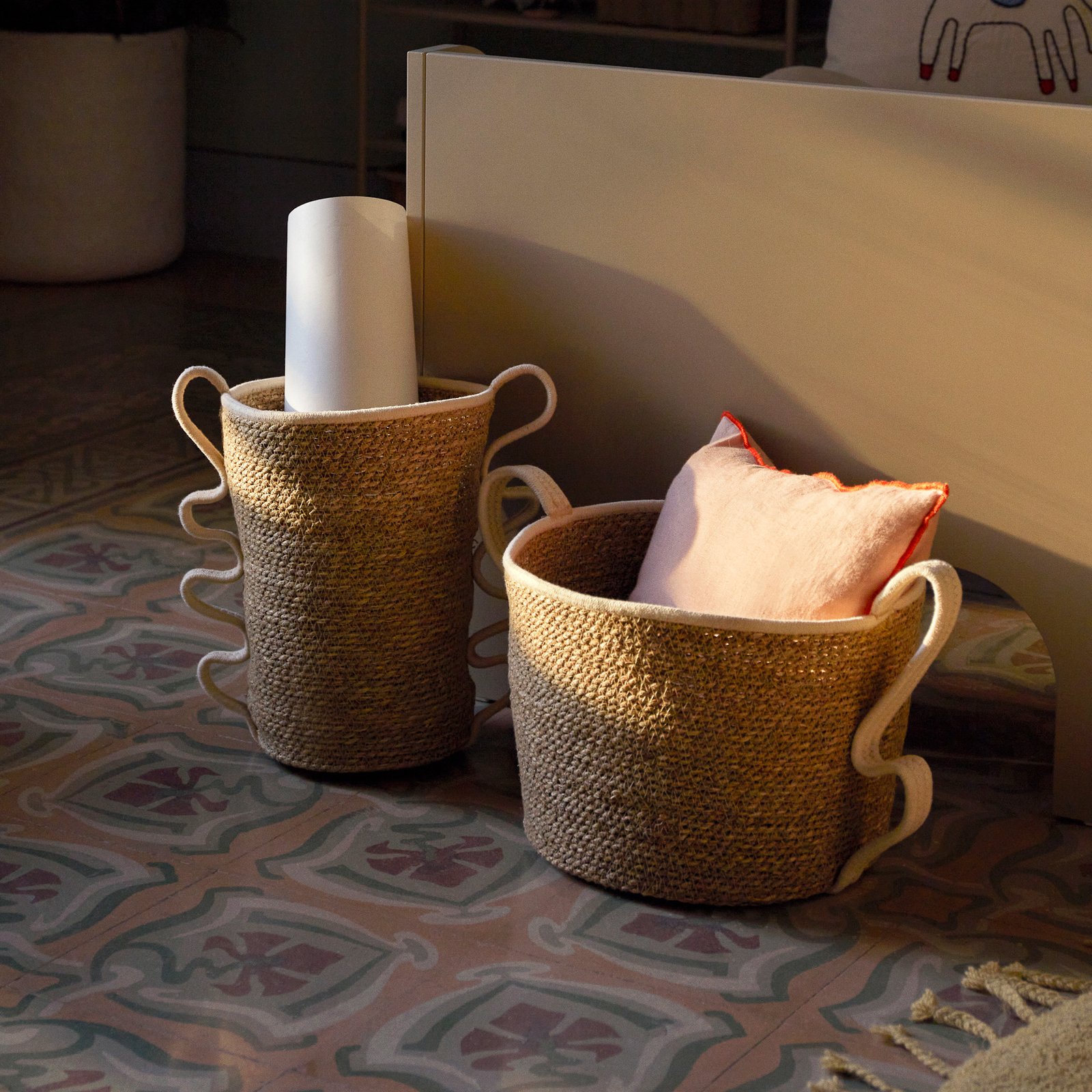
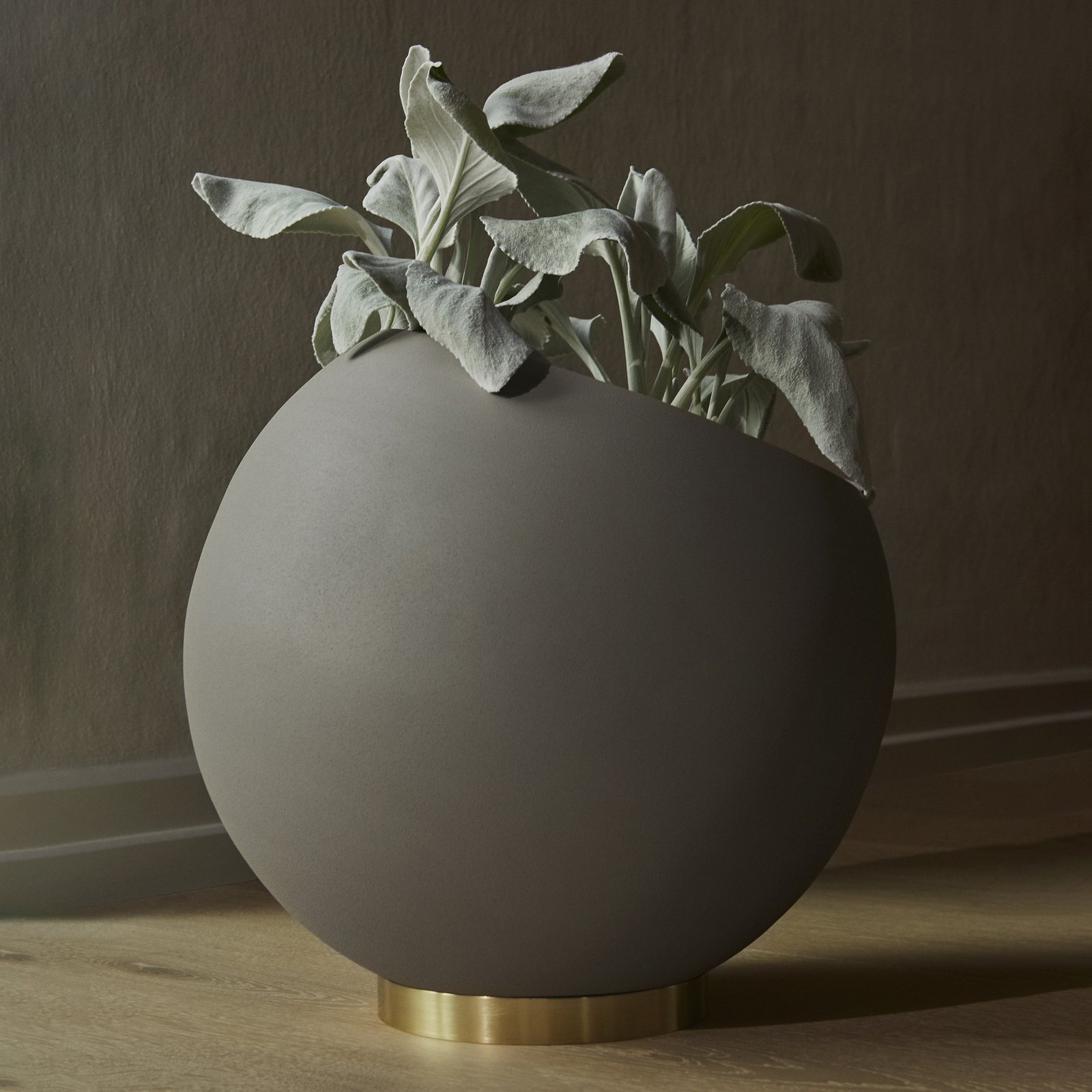
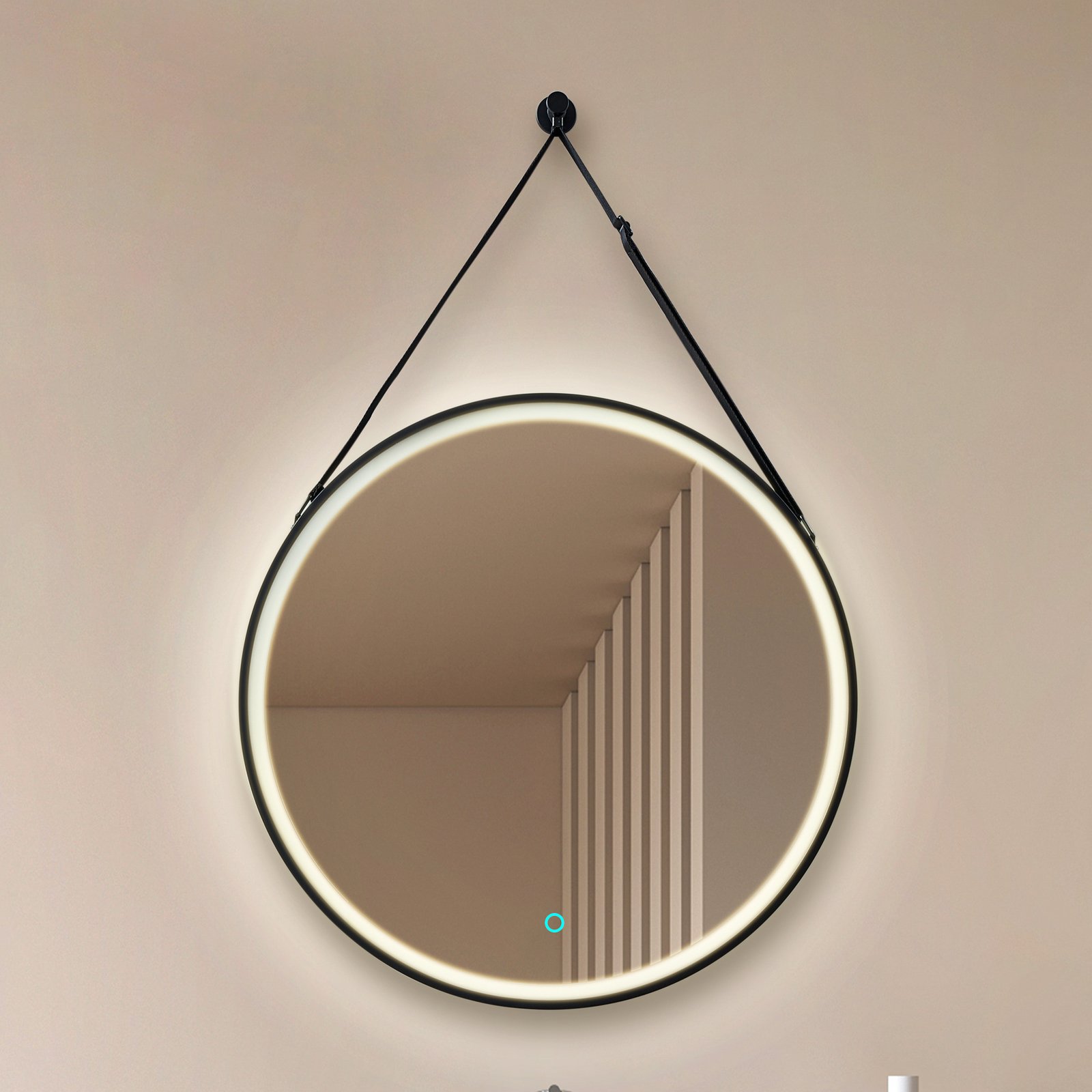
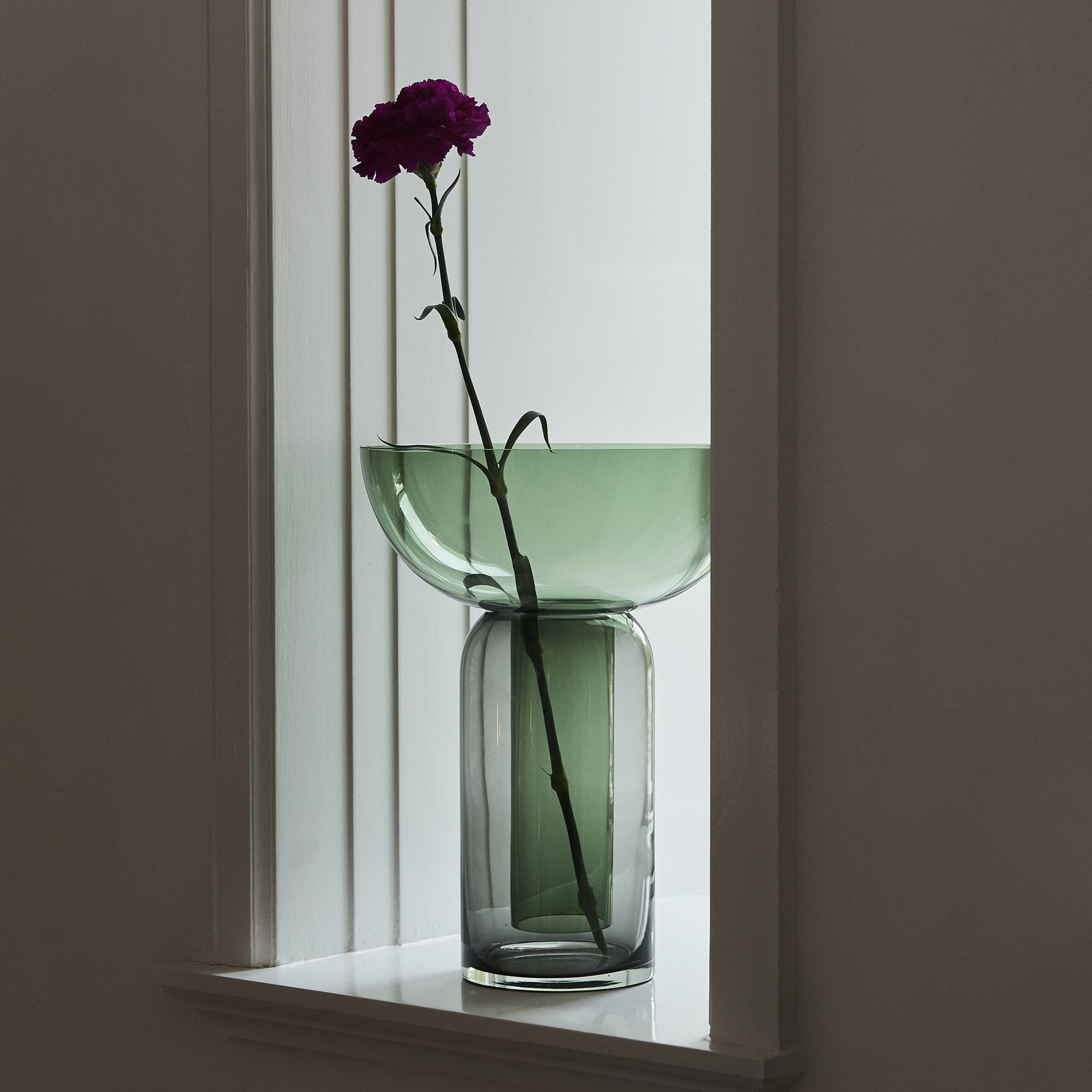
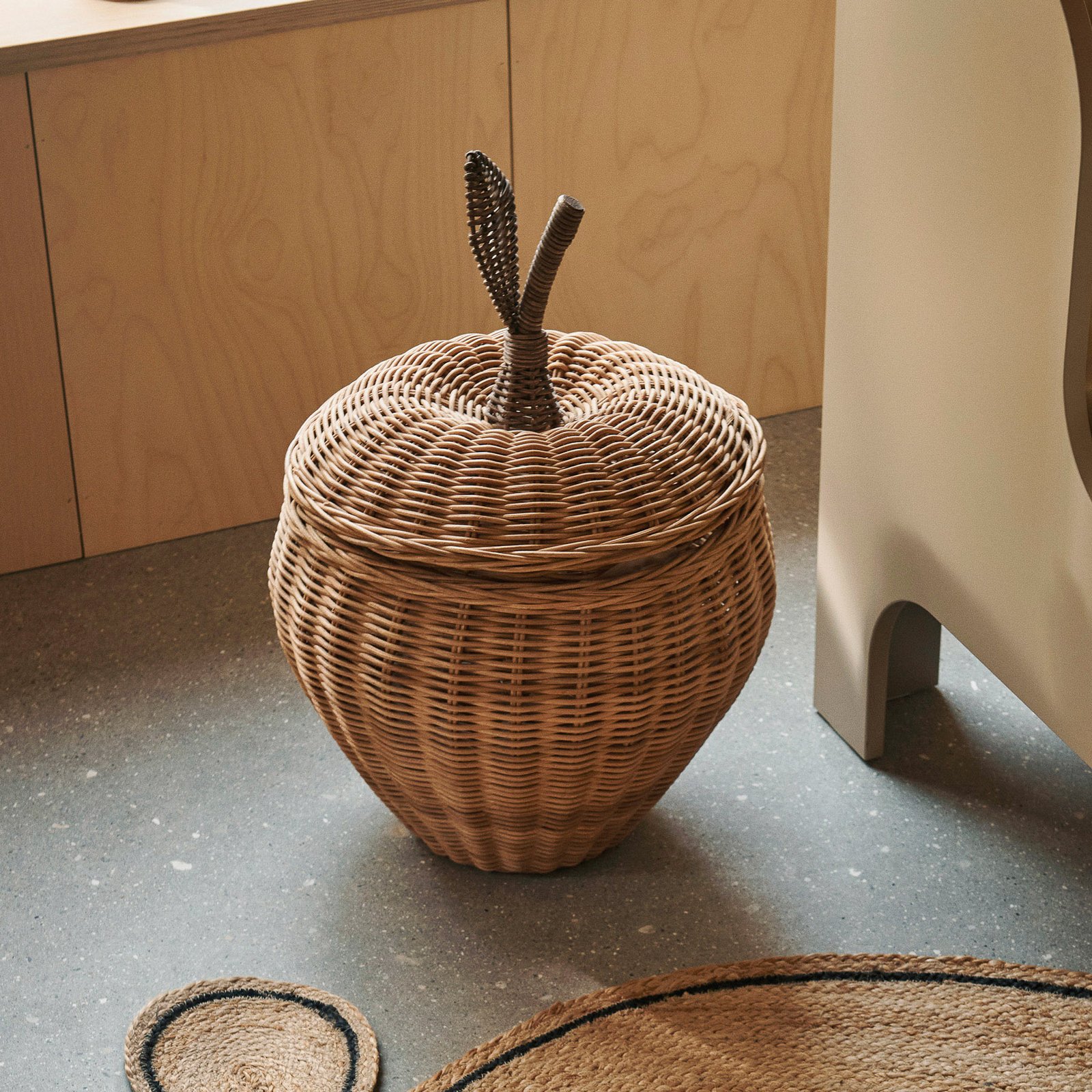
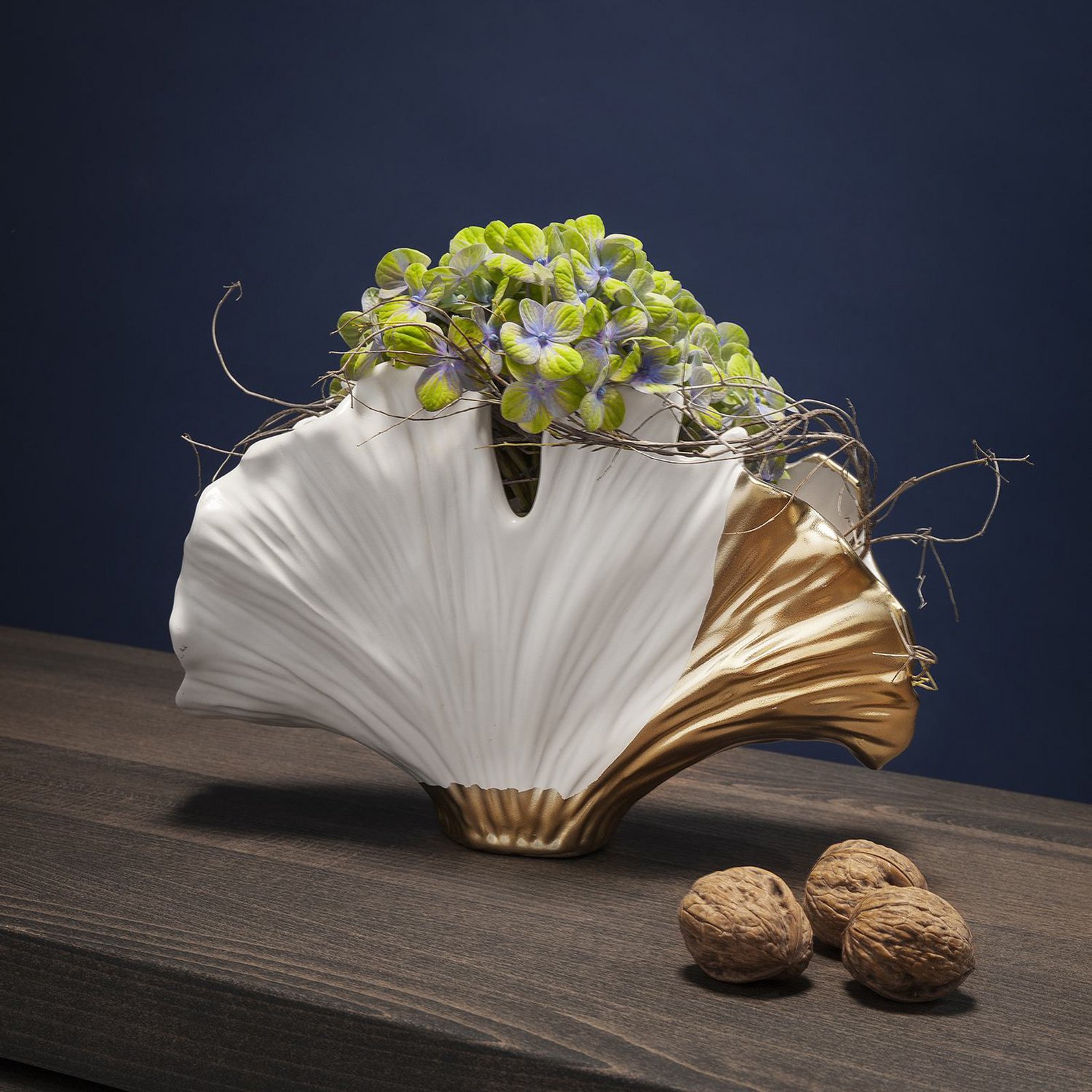
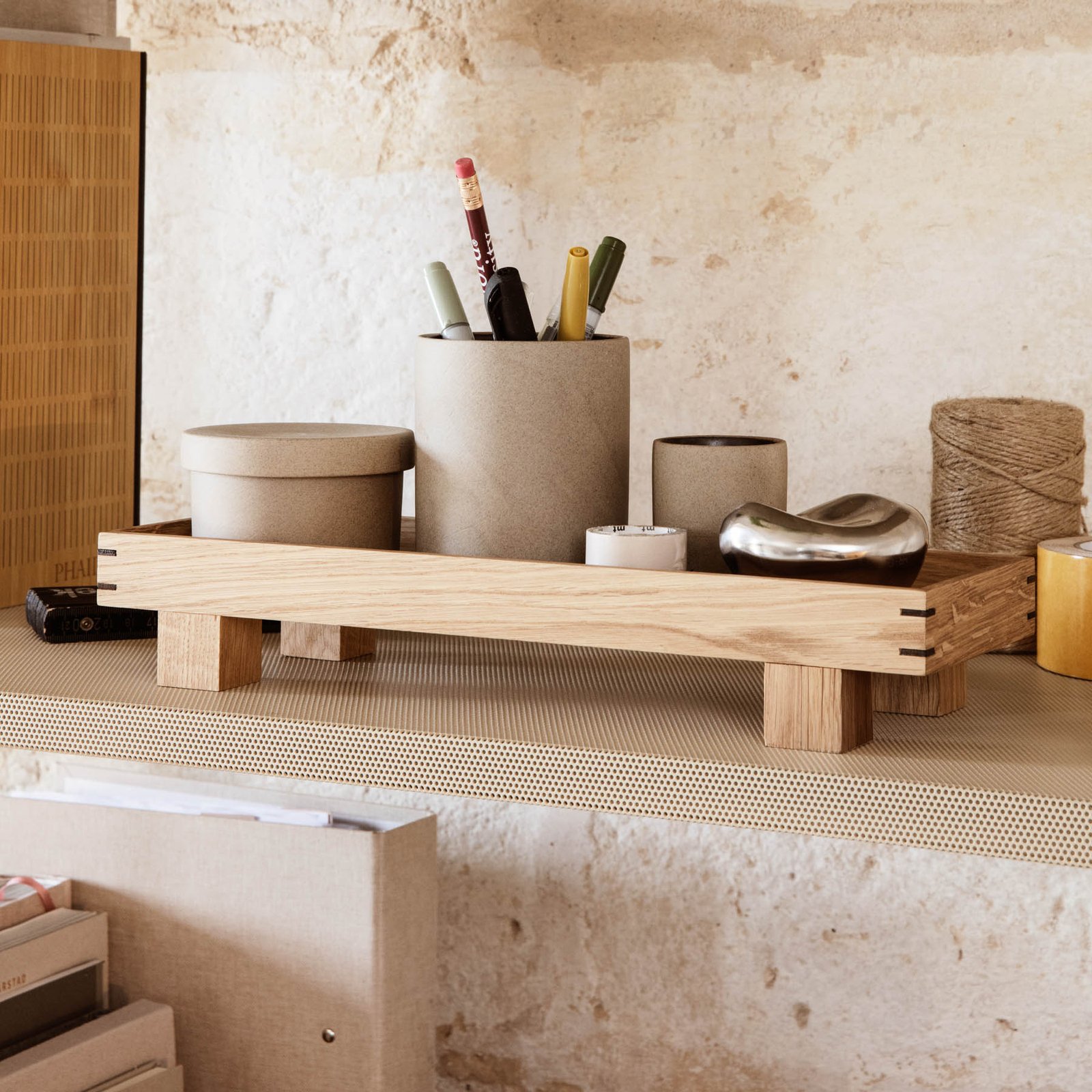

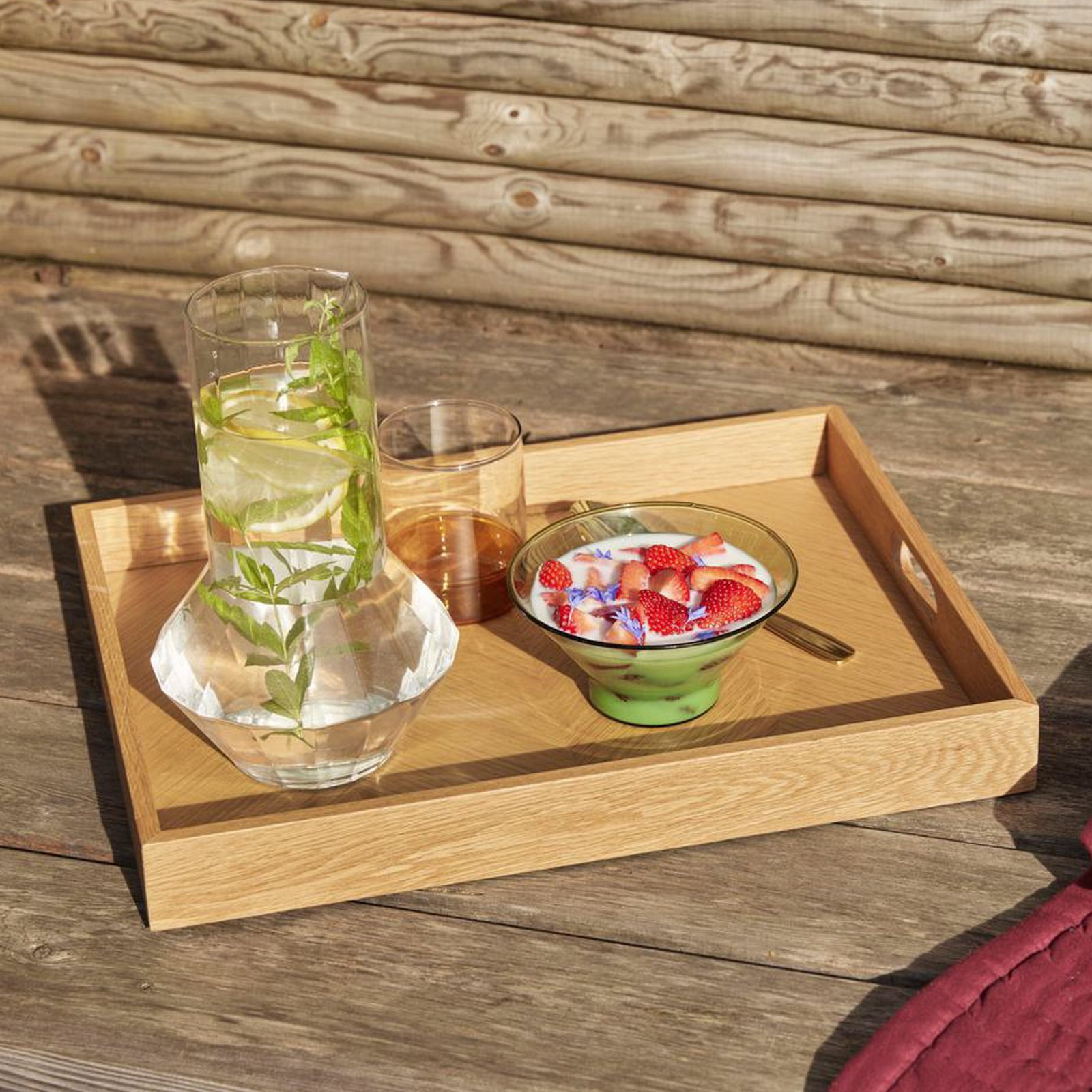
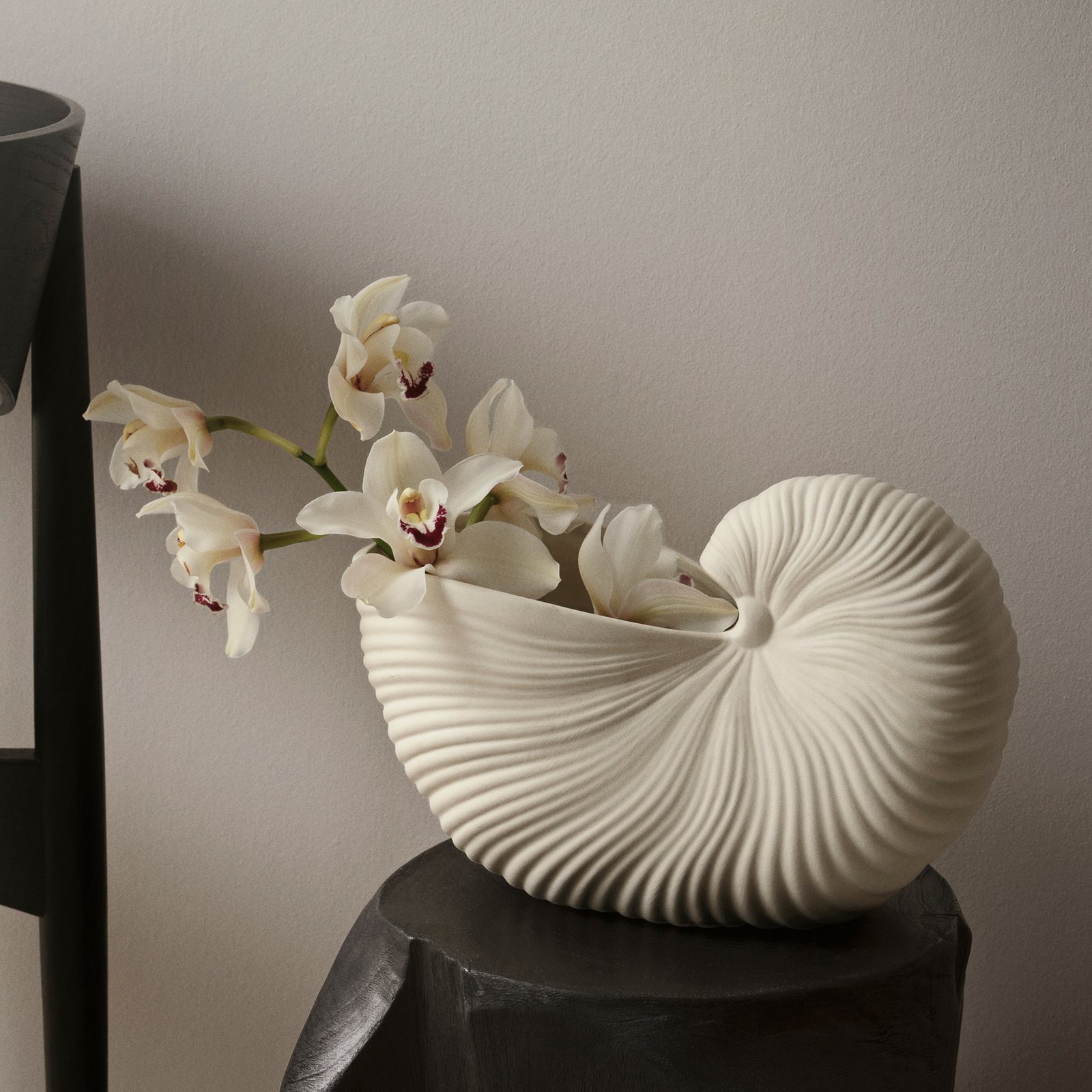
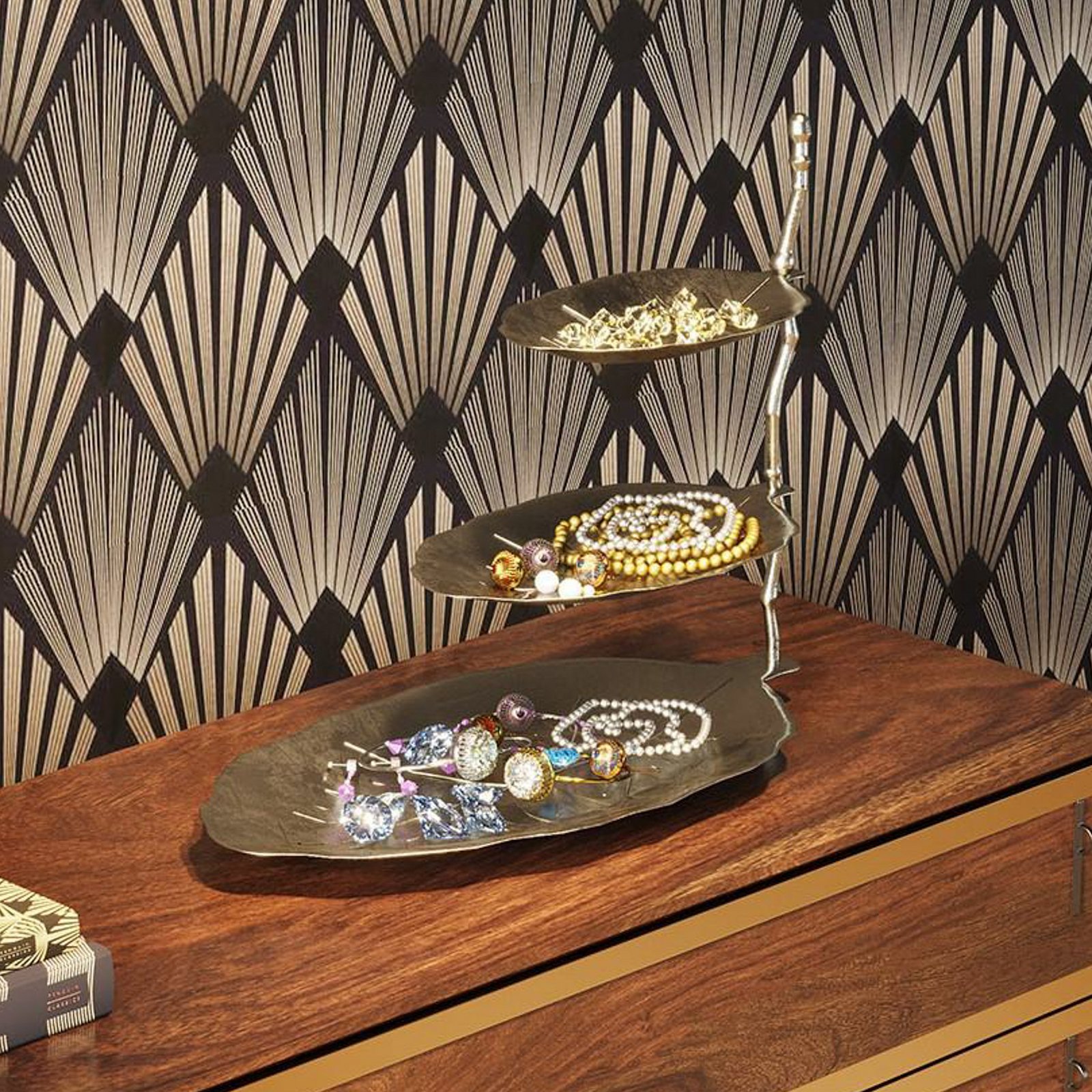
:format(jpeg))
:format(jpeg))
:format(jpeg))
:format(jpeg))
:format(jpeg))